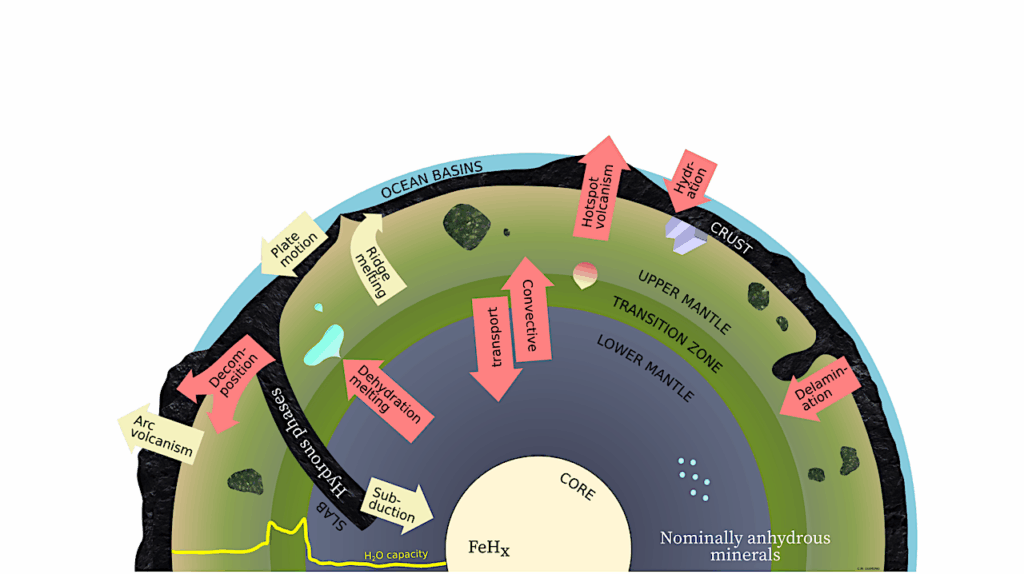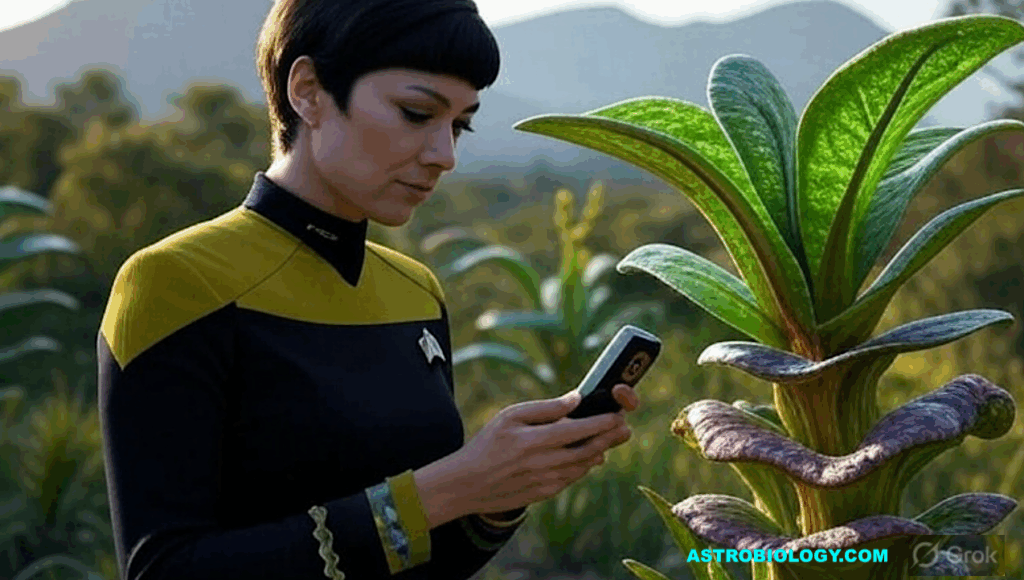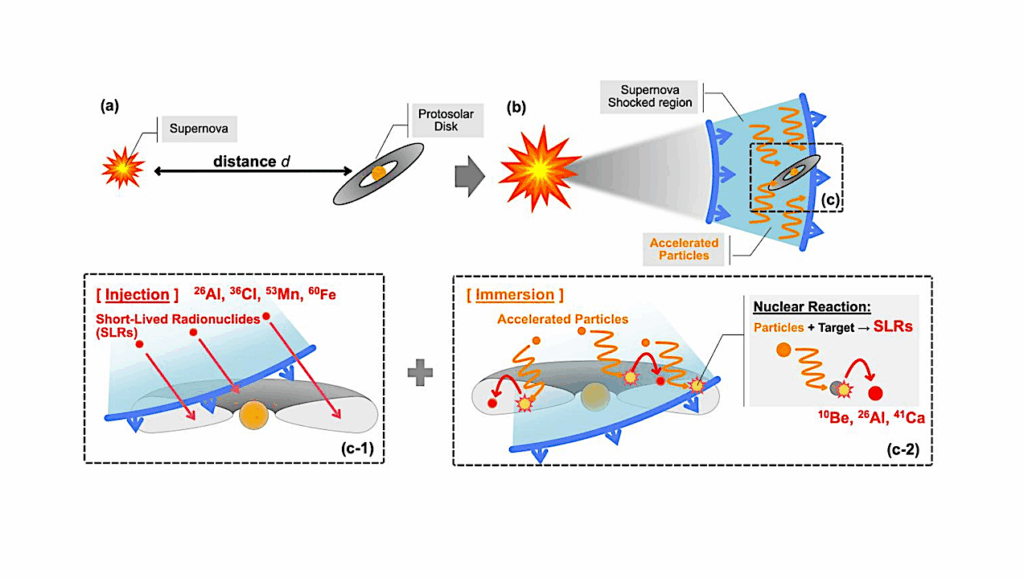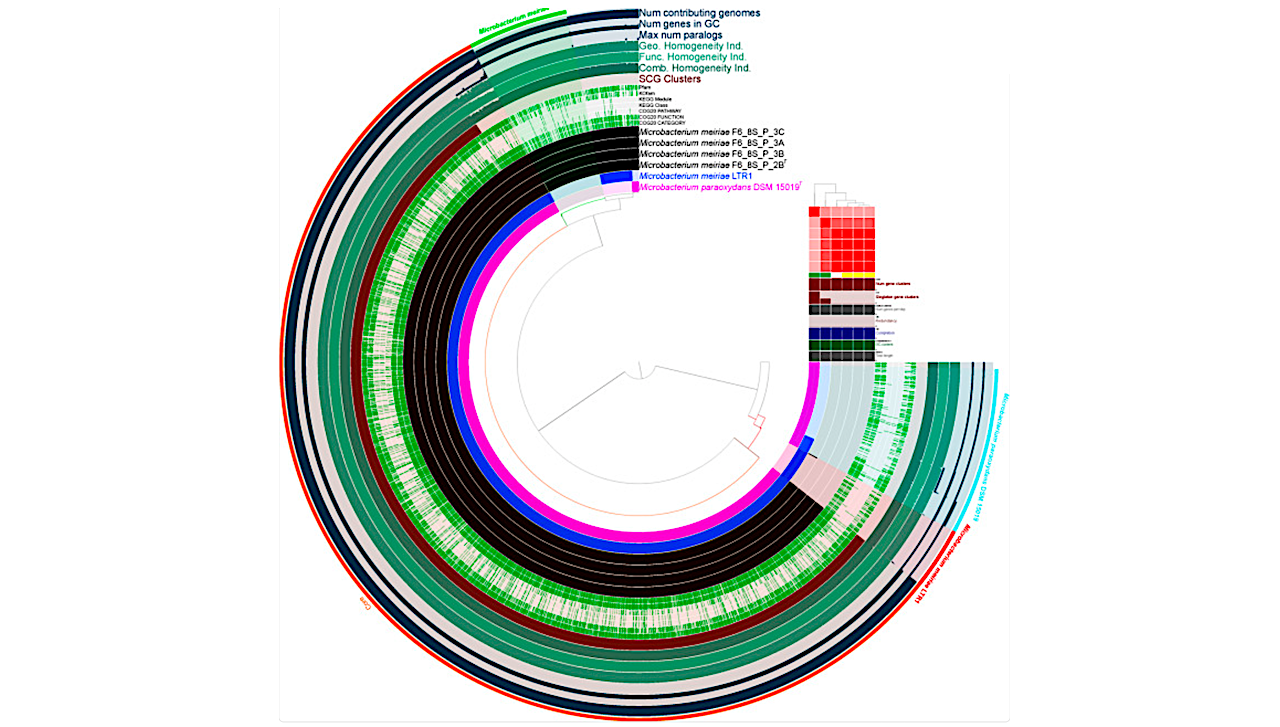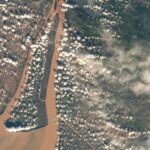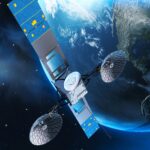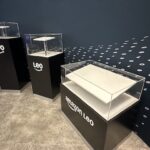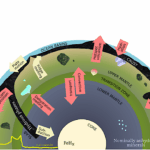Now Reading: A Hybrid Iron/Green-Rust-Urea Model for Prebiotic Chemistry: A Synthesis of Testable Pathways for Planetary Astrobiology
-
01
A Hybrid Iron/Green-Rust-Urea Model for Prebiotic Chemistry: A Synthesis of Testable Pathways for Planetary Astrobiology
A Hybrid Iron/Green-Rust-Urea Model for Prebiotic Chemistry: A Synthesis of Testable Pathways for Planetary Astrobiology
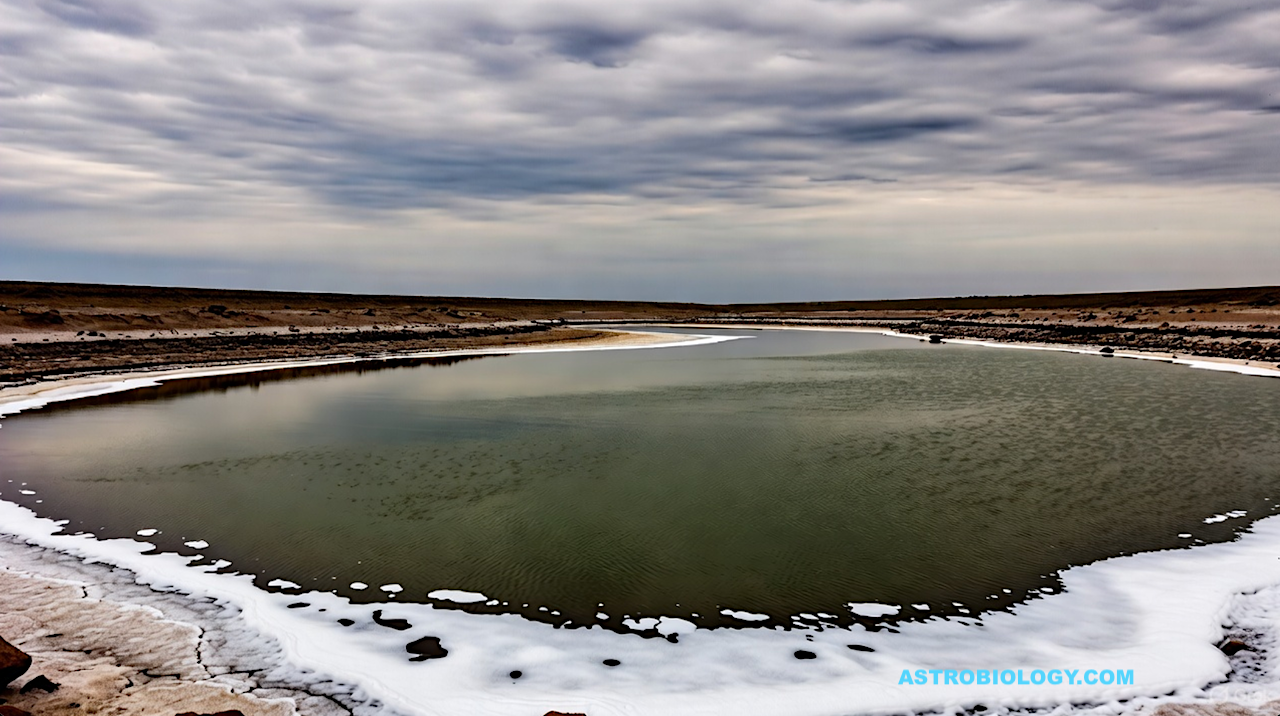

“To bridge dilution between environments, we specify mobile “holding pens” (green-rust/iron flocs, silica mats, pumice rafts, and sea-surface microlayer/foam) that concentrate, shuttle, and release prebiotic cargo into shoreline pools.” — Grok via Astrobiology.com
We propose a quantitative, testable framework for abiogenesis that links submarine alkaline vents, which supply H2, ΔpH, and Fe/Fe–S catalysis, to subaerial hot-spring fields that provide wet–dry concentration and UV-driven photoredox chemistry.
To bridge dilution between environments, we specify mobile “holding pens” (green-rust/iron flocs, silica mats, pumice rafts, and sea-surface microlayer/foam) that concentrate, shuttle, and release prebiotic cargo into shoreline pools. We present an energy ledger that couples geologic gradients and Fe(III)–citrate photoredox to activation currencies (thioesters, condensed P), enabling short-oligomer copying under citrate-buffered Mg2+ and protocell membranes compatible with wet–dry cycles.
The model makes falsifiable predictions across geology, chemistry, and missions: laminated silica–iron–phosphorus–organic microfacies in Archean analogs; specific rover-detectable co-occurrences on Mars; and plume-analyte patterns on ocean worlds.
We provide transport budgets achieving ≥103 concentration gain per day, ΔG signposts for keystone steps, autonomous-reactor pass/fail metrics, and an early evolution error-threshold box that motivates short, selectable motifs. The framework paints the big picture while codifying zoomable, lab- and mission-ready tests that can confirm or falsify each link.
A Hybrid Iron/Green-Rust-Urea Model for Prebiotic Chemistry: A Synthesis of Testable Pathways for Planetary Astrobiology, Eartharxiv.org
Astrobiology, Astrochemistry,
Stay Informed With the Latest & Most Important News
-
 012024 in Review: Highlights from NASA in Silicon Valley
012024 in Review: Highlights from NASA in Silicon Valley -
 02Panasonic Leica Summilux DG 15mm f/1.7 ASPH review
02Panasonic Leica Summilux DG 15mm f/1.7 ASPH review -
 03From Polymerization-Enabled Folding and Assembly to Chemical Evolution: Key Processes for Emergence of Functional Polymers in the Origin of Life
03From Polymerization-Enabled Folding and Assembly to Chemical Evolution: Key Processes for Emergence of Functional Polymers in the Origin of Life -
 04How New NASA, India Earth Satellite NISAR Will See Earth
04How New NASA, India Earth Satellite NISAR Will See Earth -
 05And Thus Begins A New Year For Life On Earth
05And Thus Begins A New Year For Life On Earth -
 06Astronomy Activation Ambassadors: A New Era
06Astronomy Activation Ambassadors: A New Era -
07SpaceX launch surge helps set new global launch record in 2024













